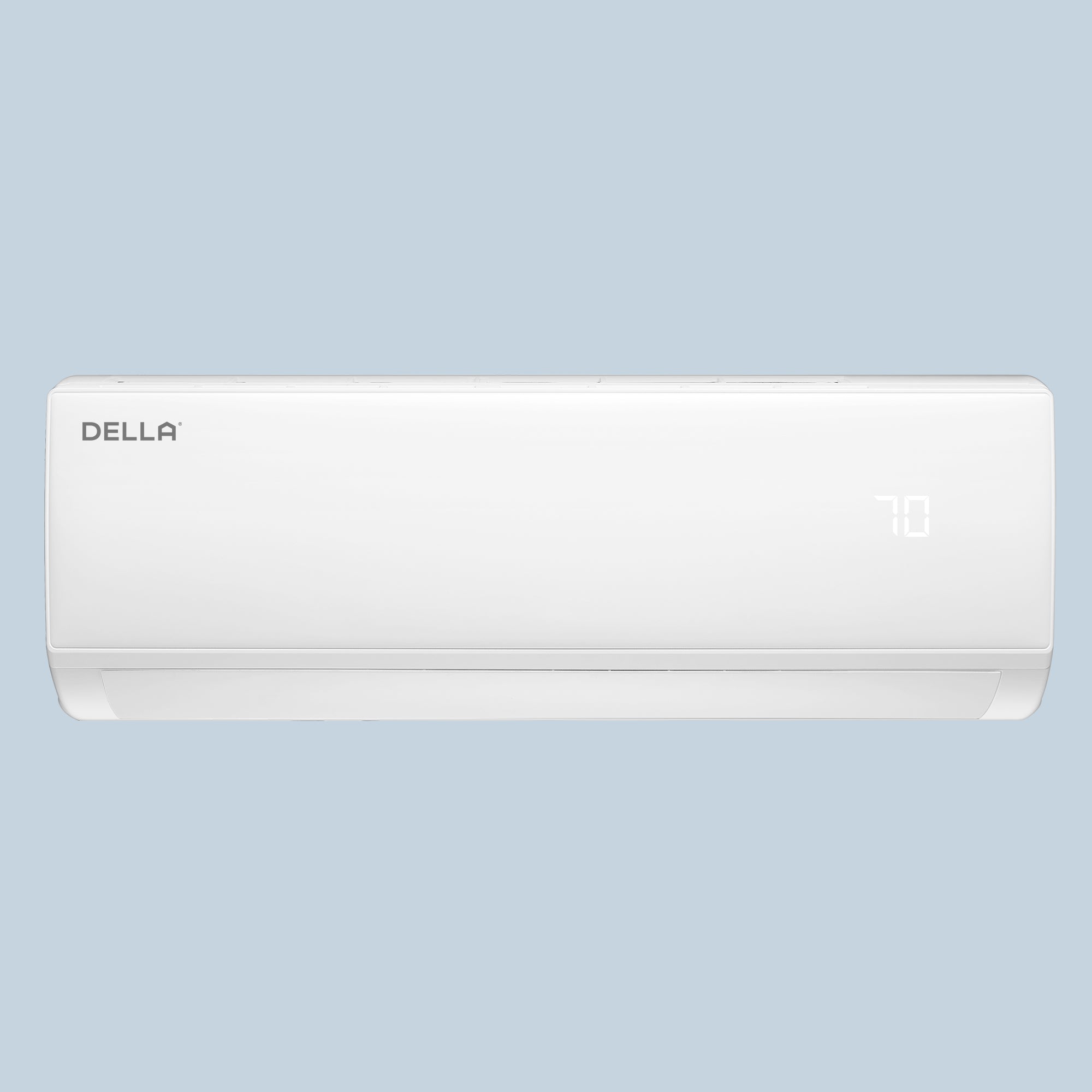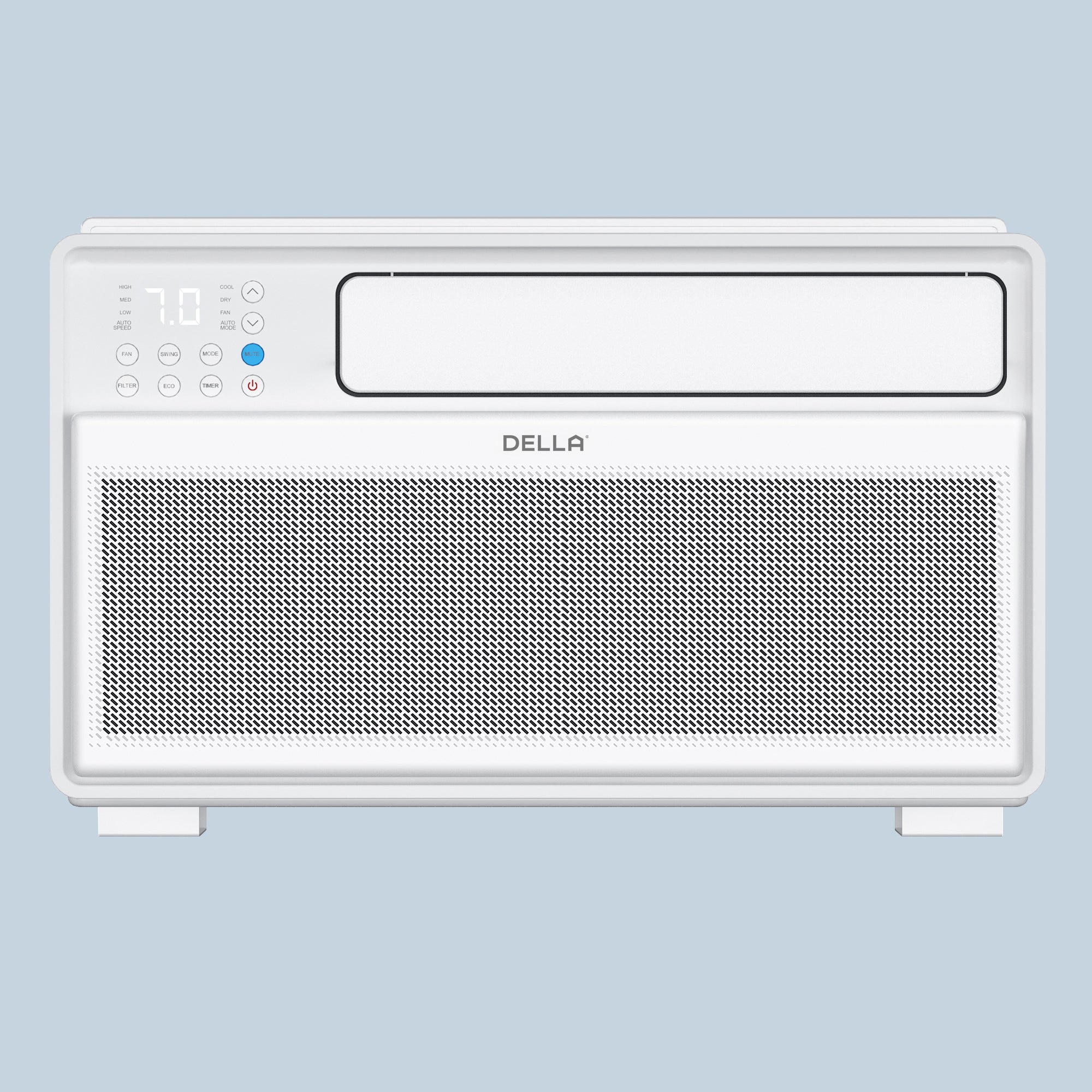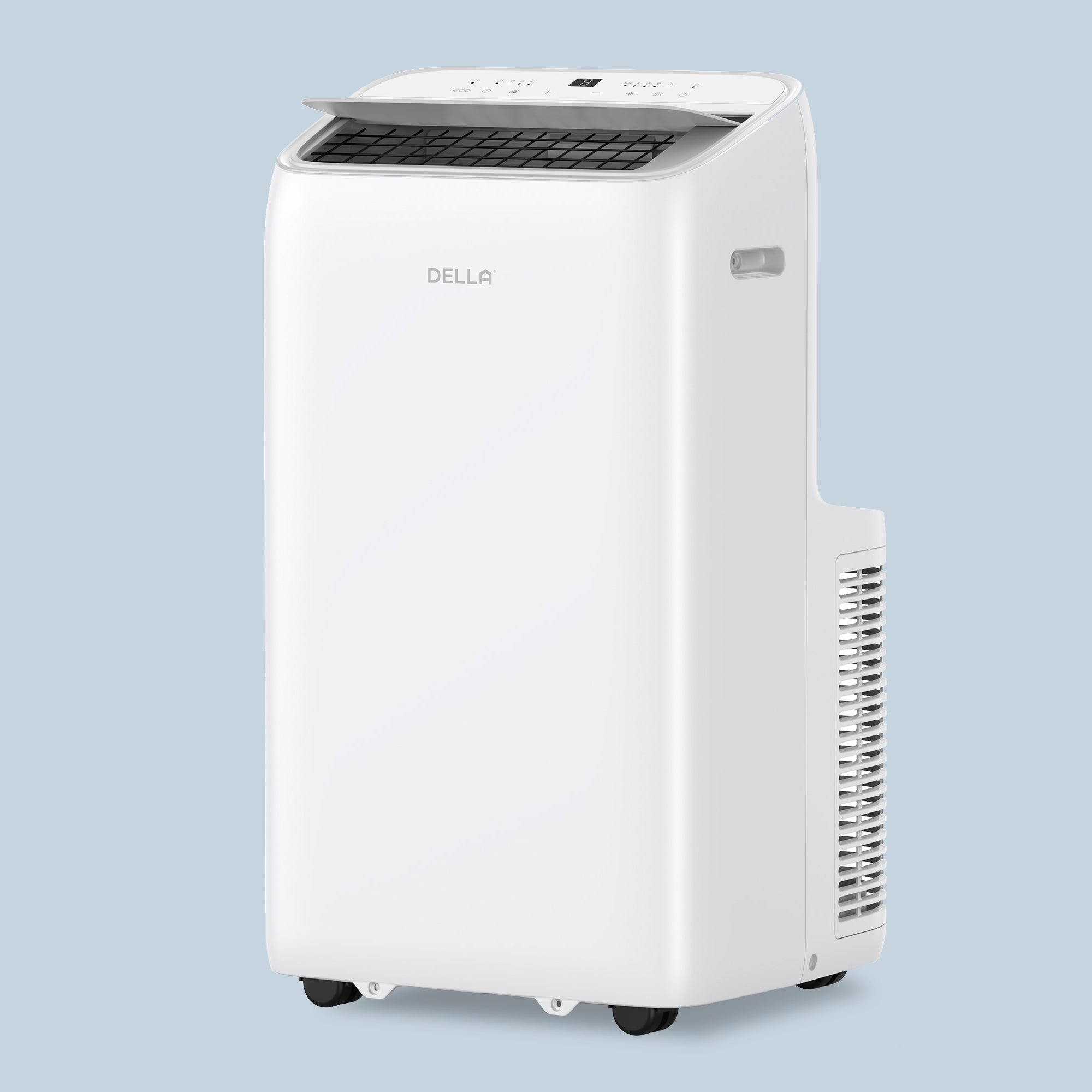FAQs
1. How Does a Mini Split Ceiling Cassette Work?
A ceiling cassette mini split works by using an indoor unit that is installed flush against the ceiling. The air handler inside the cassette distributes air evenly through multiple directional vents, ensuring uniform cooling or heating in the room. This type of system uses a refrigerant loop connected to an outdoor condenser unit, allowing the indoor air handler to control the temperature without ductwork. It’s ideal for spaces where floor units would be intrusive or when you want to maintain a clean, streamlined look. This type of system is similar to a a mini split ac , as both work without ducts but differ in installation and design.
2. How Do Mini Split Ceiling Cassettes Drain Water?
A mini split ceiling cassette is equipped with a drainage system that channels condensate (water formed from humidity in the air) away from the unit. The condensation collects in a drip tray and is then funneled through a drainage pipe. The pipe is typically routed out of the building or into a designated drainage system. The unit is designed with a slight tilt to ensure the water drains efficiently, and many models come with a built-in pump to assist in draining water if gravity alone isn't enough.
3. How to Install a Mini Split Ceiling Cassette?
Installing cassette mini split involves several steps. First, you need to choose the right spot in the ceiling where the unit will be flush-mounted. The installation begins by cutting a hole in the ceiling to fit the cassette unit and making sure it aligns with the structural supports. Then, the refrigerant lines and drainage pipes are connected to the indoor unit, followed by the connection to the outdoor condenser. After securing the unit in place, you’ll need to mount the thermostat and perform a thorough check for leaks. It's advisable to have a professional technician handle the installation of a mini split cassette for optimal results.
4. How to Clean a Mini Split Ceiling Cassette?
Cleaning a mini split ceiling cassette involves a few straightforward steps. First, turn off the power to the unit to ensure safety. Use a vacuum with a soft brush attachment to remove any dust or dirt from the vents and filters. After removing the filters, rinse them gently with warm water and mild soap if needed. Be sure to dry them thoroughly before reinstalling them. You may also want to clean the coils and the drainage line using a mild cleaner or cleaning solution specifically designed for mini splits. Regular cleaning of a mini split ceiling cassette will ensure its efficiency and longevity.
5. Why Are Ceiling Cassette Mini Splits More Expensive?
Ceiling cassette mini splits are typically more expensive due to the complexity of their design and installation. Unlike standard wall-mounted units, these systems require careful installation into the ceiling, often involving additional materials and labor. The unit itself is designed to be compact and efficient, with features like multi-directional vents and a sleek, integrated look that adds to the cost. Additionally, the cost of the refrigerant lines, wiring, and other components can make the installation of a mini split with ceiling cassette more costly compared to other types of mini splits.
6. Can Mini Split Ceiling Cassettes Be Mounted in Walls?
Typically, mini split ceiling cassettes are designed for ceiling installation and are not meant to be mounted on walls. The system is specifically built for flush ceiling mounting, allowing for even air distribution in all directions. Mounting it on a wall could disrupt airflow and reduce the system’s efficiency. However, some mini split units are designed for wall installation, and if you need an alternative to the ceiling cassette mini split, these wall-mounted options may be a better choice.
Free & Fast Shipping
Same Day Processing
30 Days Money-back
Guarantee
24x7 Live Chat Support
M-F Technical Phone Support
Lifetime Coverage
(Mini Splits)








